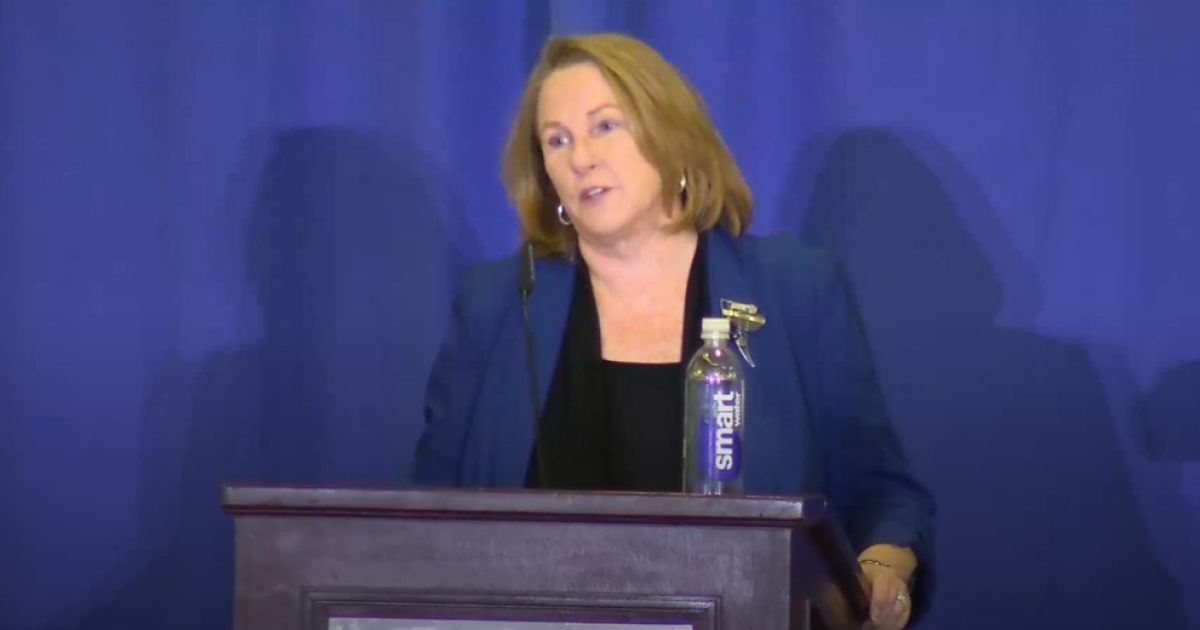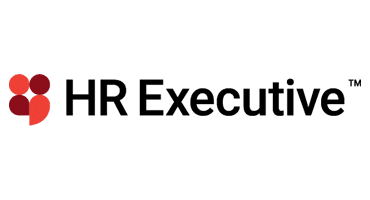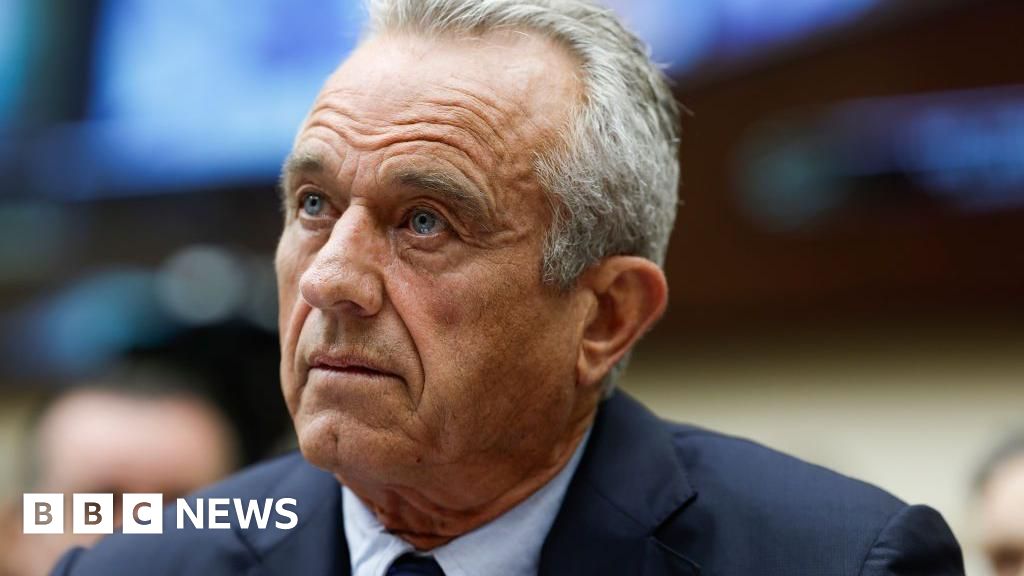Atlassian co-founders Scott Farquhar and Mike Cannon-Brookes with NSW Premier Gladys Berejiklian … [+]
For those preaching the end of investment in remote collaboration tools, Atlassian has a rebuttal. The software giant known for its productivity tools announced this month that it will pay $975 million to acquire Loom, a video sharing tool used to give asynchronous presentations and updates.
As part of Atlassian, Loom will be integrated into a formidable suite of collaboration software, including tools like Jira, Confluence, and Trello. (Full disclosure: the author of this piece is an enterprise customer of Loom.) Together, these tools represent a considerable swath of the collaboration marketplace: back in 2019, Atlassian estimated that 83% of the Fortune 500 used at least one of their products. Now, post-pandemic, post-remote work revolution, it’s easy to imagine that number has grown.
As Loom joins the fold, bringing in an additional 25 million registered users, Atlassian isn’t just expanding the scope of its offerings and its presence in the tools marketplace; it’s making manifest its opinionated and well-argued vision for the next chapter in the evolution of work: global, distributed, and highly attuned to culture, norms, and communication.
A Playbook for ‘Team Anywhere’
Atlassian is not new to rethinking the future of work; it’s been a fully distributed company since 2005. With 11, soon to be 12, offices worldwide, Atlassian is specific about describing its workforce as “distributed,” not remote or hybrid. Distributed, it explains on its website, is inclusive, providing office space to those who need or prefer it and avoiding hybrid mandates around time spent onsite: “Atlassians can choose to work from one of our offices, or not, on any given day.”
They call their approach Team Anywhere, nearly twenty years in the making but crystallized early in the pandemic when the leadership team realized they were uniquely equipped to close all offices as a safety measure without hurting collaboration or productivity. It’s an approach that has weathered the many workplace transitions of the pandemic well, and has become a central philosophical pillar of what the company is and does: help teams work better together.
It’s a philosophy Atlassian is eager to share. There are, of course, many, many customers (83% of the Fortune 500, even) using Atlassian’s offerings to enable distributed collaboration. Atlassian also has a research arm that emerged from the Team Anywhere initiative dedicated to sharing their insights and evidence-based approaches. But the team isn’t just focused on paying customers: they also have a popular Team Playbook, centered around different approaches to collaboration, that is publicly available under a creative commons license, free to anyone who wants it.
Leading a Distributed Movement
As many other peers in the tech space pull workers back to the office, Atlassian is renewing its commitment to a distributed future. Annie Dean, once the head of remote work at Meta, joined the Atlassian team 18 months ago, as the VP of Team Anywhere. A longtime champion of flexible work, Dean started a research and jobs listing company focused on remote and flexible jobs, Werk.com, back in 2016. In a new interview with FastCompany, Dean describes the impossible bind of her own experience of early motherhood. At 27, she was a corporate attorney with a newborn. “Days would go by,” she says, “that I wouldn’t see my young son awake.” She quickly realized that her personal experience was part of a widespread problem; one that required a holistic transformation of how teams work.
Today, overseeing all of Atlassian’s office spaces and its research team, she sees a future for the workplace that is more than the sum of any of the parts of return-to-office, hybrid, or remote. Some insights emerging from the Team Anywhere research shed new light on the complexity of contemporary office work:
- 19% of teams are fully co-located, but don’t feel like they’re together. On a co-located team, all members of the team work together in the same physical space. However, Dean adds, these team members are often distributed across different floors and different buildings. They still work virtually and use technology to collaborate. They’re apart, together. So they still handle their work and communication like a fully distributed team.
- High-quality time together pays dividends. For team members that don’t go into an office regularly, Atlassian prioritizes social, culture-building events that bring people together with leadership. This time, similar to a retreat or offsite, might only last a few days, but, says Dean, “We find that team connection grows by 27% when people come together in this format, and that the team connection stays high for four to five months.”
- Flexible work is a major opportunity. Remote work is demonstrably better for people with disabilities. Women, people of color, and members of the LGBTQ+ community experience fewer microaggressions in a remote setting. Parents find it easier to balance the demands of work and childcare. And businesses stand to benefit, enjoying higher engagement, improved retention, and significantly reduced overhead.
The Next Chapter in Work
According to Dean, Atlassian’s leadership team is always looking, “ten or twenty years ahead.” So far, many of the bets they placed back in 2005 have paid off: the workforce is far more distributed today; people do rely on networks of collaboration tools to get things done; many of us are operating globally. It’s no coincidence that the Australian-based Atlassian is arguably the first antipodean software company to enjoy such widespread international reach — early adoption of distributed work across borders and time zones made them competitive with the giants of the tech industry, most clustered in the same geographic radius on the West Coast of the U.S.
So, if companies trust Atlassian’s prognostications, what’s next? In a video statement about the acquisition (recorded on Loom, naturally) Atlassian’s co-founder and co-CEO, Mike Cannon-Brookes says, “Loom helps bridge the collaboration gaps for dispersed teams in deeply, deeply human ways. We believe that asynchronous video and AI will drive the next evolution of team collaboration.”
AI and asynchrony are, without doubt, key pillars of the next chapter in work. But perhaps the most important part of the message, one that Cannon-Brookes comes back to again and again, is “human.” Great work depends on human innovation, communication, culture, and collaboration. As companies grow more and more global and distributed, as work is mediated by more and more tools, that’s the touchpoint everyone needs to come back to. No matter how much great software teams have at their disposal, human connection is the foundation it all rests on. Atlassian has always known this, and the Loom deal makes it clear that it plans to shape the future of distributed work accordingly.
Credit: Source link











